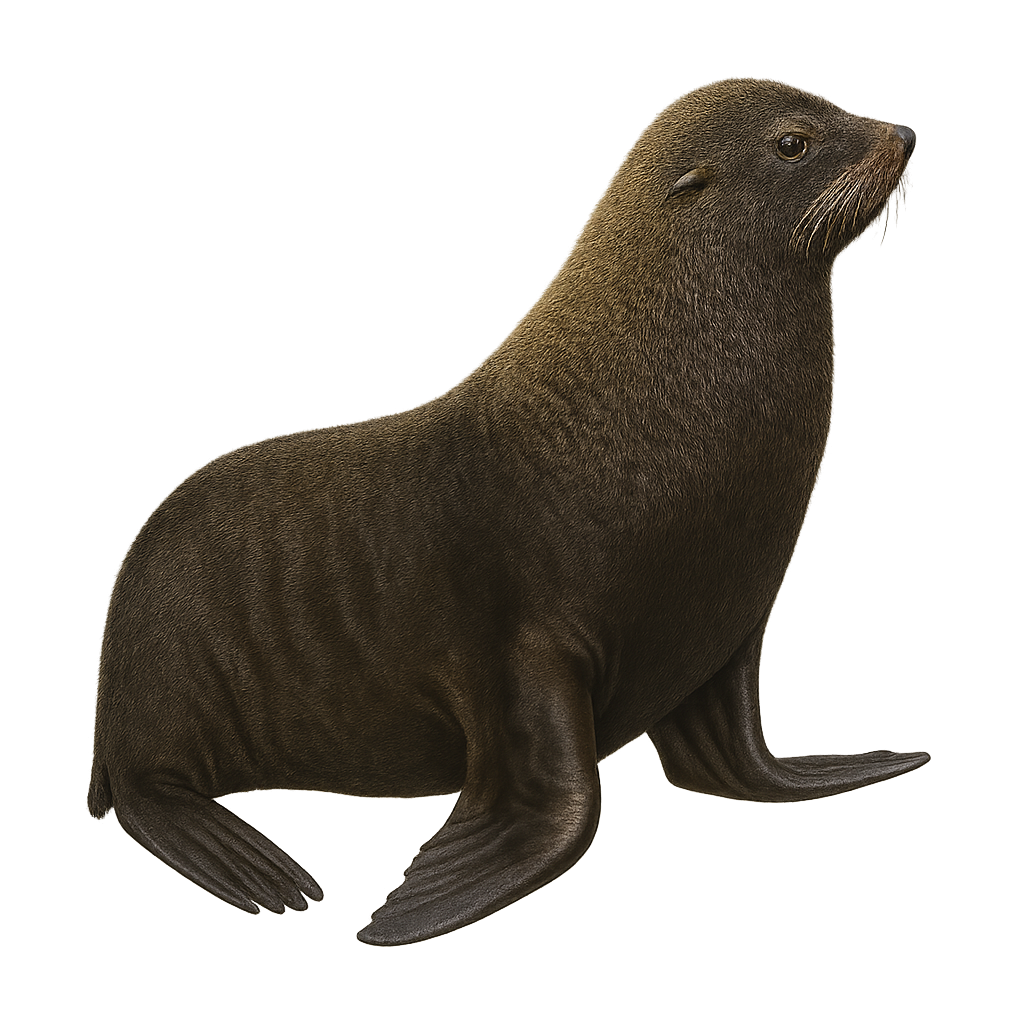Your wildlife photography guide.
Explore the northern fur seal in detail, study its behavior, prepare your shots.
Where to observe and photograph the northern fur seal in the wild
Learn where and when to spot the northern fur seal in the wild, how to identify the species based on distinctive features, and what natural environments it inhabits. The WildlifePhotographer app offers tailored photography tips that reflect the northern fur seal’s behavior, helping you capture better wildlife images. Explore the full species profile for key information including description, habitat, active periods, and approach techniques.
Northern fur seal
Scientific name: Callorhinus ursinus

IUCN Status: Vulnerable
Family: OTARIIDAE
Group: Mammals
Sensitivity to human approach: Suspicious
Minimum approach distance: 20 m
Rut period: June to July
Gestation: 340-365 jours
Births: June to July
Habitat:
Rocky coasts, sandy beaches, isolated islands
Activity period :
Primarily active during the day, with peak activity in the morning and late afternoon.
Identification and description:
The Northern fur seal, Callorhinus ursinus, is a marine mammal belonging to the Otariidae family. It is distinguished by its thick fur, which allows it to withstand the cold waters of the North Pacific. Males are significantly larger than females, reaching up to 2.1 meters in length and weighing around 270 kg, while females measure about 1.4 meters and weigh 50 kg. These seals are known for their gregarious behavior, forming large colonies on rocky islands to breed. They primarily feed on fish and squid, which they capture during dives that can reach depths of 200 meters.
Recommended lens:
400 mm – adjust based on distance, desired framing (portrait or habitat), and approach conditions.
Photography tips:
To photograph the Northern fur seal, it is advisable to use a telephoto lens of 400 mm or more to capture detailed images without disturbing the animal. The best opportunities arise during the breeding season when seals gather in large numbers on the beaches. Opt for early morning or late afternoon hours to benefit from soft light and avoid harsh shadows. Be patient and discreet to observe natural behaviors, and always maintain a safe distance of at least 20 meters to avoid disturbing the animals.
The WildlifePhotographer App is coming soon!
Be the first to explore the best nature spots, track rutting seasons, log your observations, and observe more wildlife.
Already 1 439 wildlife lovers subscribed worldwide

